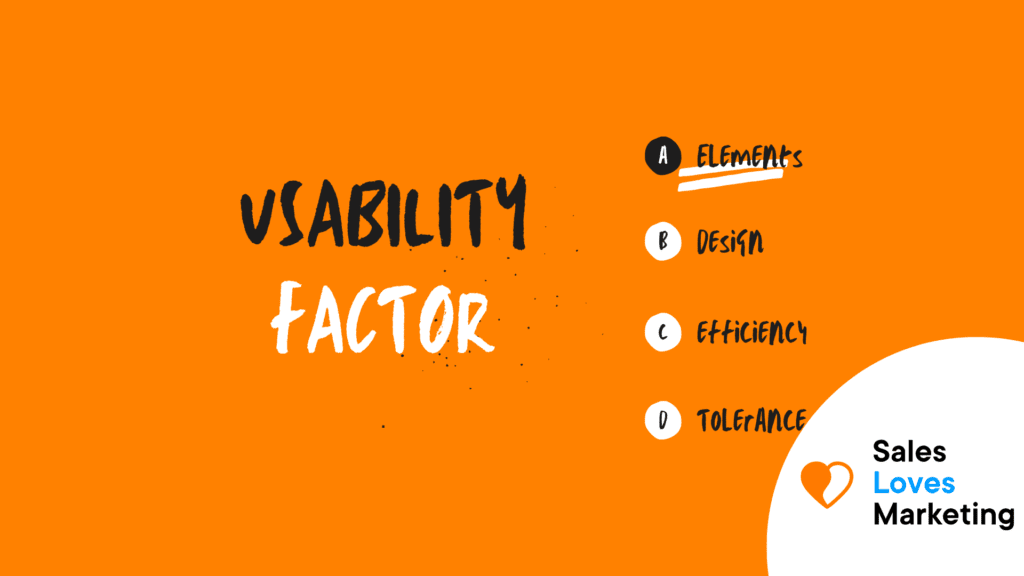What Are Usability Factors?
This concept refers to the factors that facilitate user use, navigation, and interaction with a website. The best thing is that the website’s design and construction are done with the users in mind.
What Are The Most Important Usability Factors On A Website?
- Pay attention to all types of devices.
Today there are many different types of devices, with different operating systems, different capacities, screen sizes. A site or web page should be easy and quick to access and use on all these devices.
- Logical page CTAs.
The intention is for users to perform actions on a website, and this has to be made as easy as possible. It can be a download, a purchase, fill out and complete a form, etc. The call to action is the component on a website that leads the user to perform the action desired by the site owner, such as a button, a drop-down list, a link. You have to make it in a clearly visible, obvious place and of course, that it works well.
- Quick website or web page.
There is a high percentage of users who estimate that a site or web page’s loading time should be 2 seconds or less. There are several ways and tools to speed up web page loading; some of these are Pingdom, GT Metrix, or even Google PageSpeed Insights, which will provide details and solutions to these loading speed problems.
- Ease of page navigation.
The information on a site or web page must be configured sensibly, making sense and allowing users to navigate smoothly.
- Satisfy the wishes of the people.
Steps must be taken to ensure that the pages meet or satisfy the user’s intent. An excellent site structure must be ensured, and pages are well cataloged so that no matter what medium a site visitor uses, the page they land on is what they expected to find.
- You must follow established conventions (standards).
There are a few patterns for websites that users are used to. The positions of most of the navigation elements are in the usual place. Making changes to this may seem like a good idea at first to innovate and stand out from the crowd, but this can create confusion and a poor experience for users, which can result in them looking for information or going elsewhere.
- Make the content easily digestible.
It is not pleasant to find a web page and discover a large amount of text without any division. These should be written in an attractive way, structured in easy-to-read paragraphs. Videos and images that relate to the text can be used to provide support.
What Are The Main Usability Elements Of A Design?
Usability plays a very important role in a good user experience on a website. Usability should not be confused with user experience. According to some authors, usability is the second component in designing a good user experience, the first being usefulness, and the third being desirability and brand experience. The usability of a design depends on how the features relate to the context and the people’s needs. Among the main elements to take into account are:
- Efficiency: supports users so they can perform actions accurately.
- Efficiency: Helps users perform functions in less time thanks to a simpler process.
- Commitment: it is when the user finds the product pleasant and using it produces satisfaction.
- Tolerance and resistance to errors: allow various actions on the part of the public but only indicates an error in real error situations.
- Ease of learning: users who visit a website for the first time can easily achieve their objectives, but they will do it even easier the next time.
Why Are Usability Factors Important?
- When a user finds the information they are looking for or need, they will usually be upset.
- The more difficult it is to use a site or web page, the higher the bounce rate.
- When a user has a bad experience on a website, it means that they will probably not return. There will be less referral traffic and possibly a drop in conversions.
Get this all-in-SEO-tool and/or check out these SEO courses.
